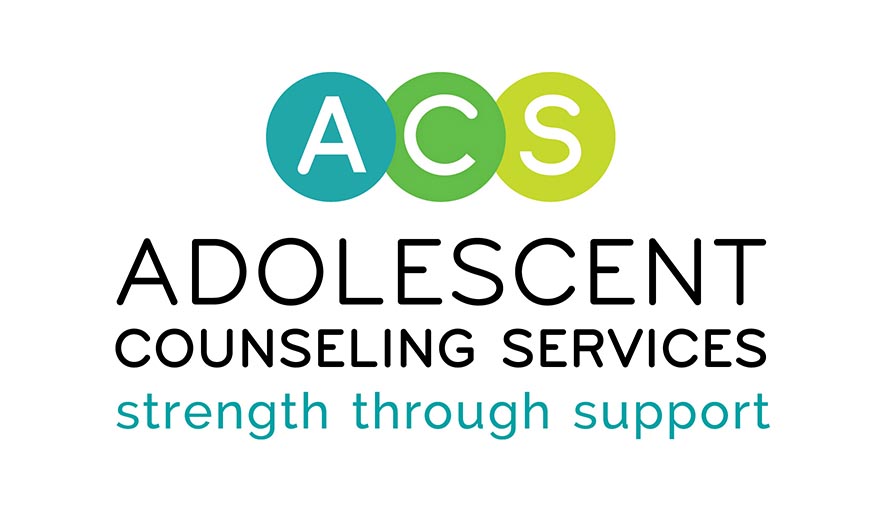A Parent’s Guide to Prevention (Conclusion): Getting Involved and Staying Involved
A Parent’s Guide to Prevention (Conclusion): Getting Involved and Staying Involved
Parent-School Partnerships
 Parents do not need to feel they are alone in helping their children stay drug- free. For the first time ever, there are preventative intervention programs that have been proven to be effective and are available to schools, families and communities.
Parents do not need to feel they are alone in helping their children stay drug- free. For the first time ever, there are preventative intervention programs that have been proven to be effective and are available to schools, families and communities.
Children have the best prospects for leading healthy, drug-free lives when schools support parents in their anti-drug message. There should be nothing confusing or contradictory in what children learn about drugs from the adults in their lives, and school policies need to reflect the same attitude toward alcohol and drugs that you express at home: Drug use is not acceptable. Drugs diminish a child’s ability to concentrate and follow through on academic responsibilities, they cause loss of motivation and absenteeism, and students who use them can be disruptive and drain teachers’ time and energy. The best way to ensure that the anti-drug policies at your child’s school are strong is to be involved. You can:
- Learn about the current policies regarding alcohol and other drugs at your child’s school. If there’s no anti-drug policy in place, attend PTA or curriculum review meetings, or schedule an interview with the principal to help develop a policy. The policy should specify what constitutes an alcohol, tobacco, or other drug offense, spell out the consequences for failing to follow the rules, and describe procedures for handling violations.
- Familiarize yourself with how drug education is being taught in your child’s school. Are the faculty members trained to teach about alcohol, tobacco, and other drug use? Is drug education taught in an age-appropriate way at each grade level throughout the year or only once during a special week? Is drug education taught during health class, or do all the teachers incorporate anti-drug information into their classes? Is there a parent education component? Is the school’s program based on current research?
- Immerse yourself in the school’s drug education program at home. Ask your child to show you any materials distributed during or outside class and take the opportunity to review them together.
- Find out if your child’s school conducts assessments of its drug problem and whether these results are used in the program.
- Ask what happens to those who are caught abusing drugs. Does the school offer a list of referrals for students who need special help?
- Request and examine any existing materials. Do they contain a clear message that alcohol, tobacco, and other drug use is wrong and harmful? Is the information accurate and up to date?
- Investigate whether your school’s drug program is being evaluated for success.Research indicates that some of the most effective programs emphasize the value of life skills such as coping with anxiety, being assertive, and feeling comfortable socially. When these lessons are combined with drug education and media literacy (being able to critically evaluate the media’s messages), students confronted with drugs are better equipped to resist them.
What You Can Do
Your child’s transition from elementary school to middle school or junior high calls for special vigilance. Children are much more vulnerable to drugs and other risky behavior when they move from sixth to seventh grade than when they were younger.
Continue the dialogue on drugs that you began when your child was younger, and stay involved in your child’s daily life by encouraging interests and monitoring activities. Use the specific actions below to significantly reduce the chance of your child becoming involved with drugs. Some of these actions, like being sure your child is supervised in the hours after school, may seem like common sense. And some may meet with resistance from preteens who are naturally striving to achieve independence from their parents. But all the measures listed below are critically important in making sure that your child’s life is structured in such a way that drugs have no place in it.
- If possible, arrange to have your children looked after and engaged from three to five p.m. Encourage them to get involved with youth groups, arts, music, sports, community service and academic clubs.
- Make sure children who are unattended for periods during the day feel your presence. Give them a schedule and set limits on their behavior. Give them household chores to accomplish. Enforce a strict phone-in-to-you policy. Leave notes for them around the house. Provide easy-to-find snacks.
- Get to know the parents of your child’s friends. Exchange phone numbers and addresses. Have everyone agree to forbid each others’ children from consuming alcohol, tobacco, and other drugs in their homes, and pledge that you will inform each other if one of you becomes aware of a child who violates this pact.
- Call parents whose home is to be used for a party. Make sure they can assure you that no alcoholic beverages or illegal substances will be dispensed. Don’t be afraid to check out the party yourself to see that adult supervision is in place.
- Make it easy for your child to leave a place where substances are being used. Discuss in advance how to contact you or another designated adult in order to get a ride home. If another adult provides the transportation, be up and available to talk about the incident when your child arrives home.
- Set curfews and enforce them. Weekend curfews might range from 9 p.m. for a fifth-grader to 12:30 a.m. for a senior in high school.
- Encourage open dialogue with your children about their experiences. Tell your child, “I love you and trust you, but I don’t trust the world around you, and I need to know what’s going on in your life so I can be a good parent to you.”
Resource: “Growing Up Drug-Free: A Parent’s Guide to Prevention,” released by the Office of Safe and Drug-Free Schools, an extention of the U.S Department of Education.
